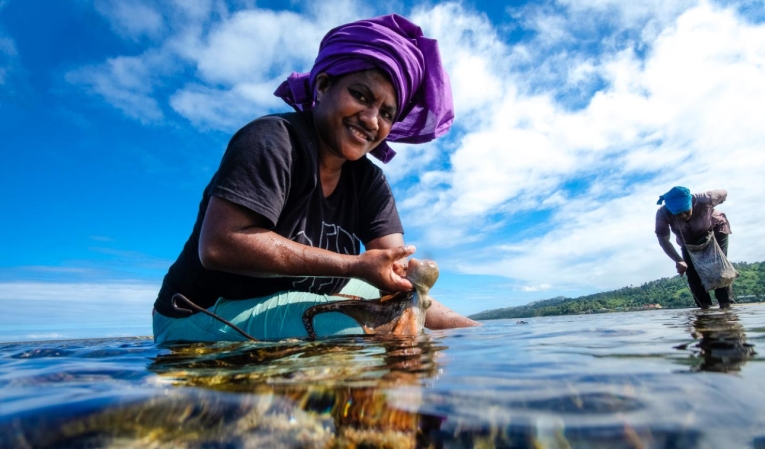Sustainable Development Goal 14 (SDG 14) focuses on conserving and sustainably using the oceans, seas, and marine resources. As these bodies of water cover more than 70% of our planet, ensuring their health is critical for human survival and biodiversity. This goal addresses significant issues such as overfishing, pollution, and habitat destruction, which threaten marine life and the livelihoods of millions of people.
Conserving Marine Biodiversity
One of the core objectives of SDG 14 is the protection of marine biodiversity. Oceans are home to a vast array of species, many of which are yet to be discovered. Effective conservation strategies, such as establishing marine protected areas (MPAs), can help safeguard these ecosystems. MPAs restrict human activities like fishing and mining in designated areas, allowing marine populations to thrive and recover. By protecting biodiversity, we not only preserve ecological balance but also enhance our resilience to climate change and other environmental threats.
Addressing Marine Pollution
Pollution is a significant challenge for ocean health, with millions of tons of plastic waste entering the seas each year. This pollution harms marine species, disrupts ecosystems, and impacts human health through contaminated seafood. Communities around the world are taking action by implementing better waste management systems and promoting recycling initiatives. Furthermore, raising awareness about the effects of single-use plastics can encourage individuals to make sustainable choices, reducing their footprint on marine environments. Preventing pollution is essential for maintaining clean waters and healthy marine life.
Sustainable Fishing Practices
Overfishing poses a severe threat to marine resources and food security. To achieve SDG 14, it’s crucial to promote sustainable fishing practices. This involves adopting methods that respect fish populations and their habitats, ensuring that fishing does not exceed the capacity of the ecosystem. Strategies such as catch limits, seasonal closures, and fishing gear innovations help maintain fish stocks and protect marine habitats. Sustainable fishing not only secures livelihoods for fisher communities but also contributes to food security and the health of our oceans.
In conclusion, SDG 14 emphasizes the importance of protecting our oceans and marine life. By focusing on marine biodiversity, addressing pollution, and promoting sustainable fishing, we can ensure the health of our seas for future generations. Every small action—whether it’s reducing plastic use or spreading awareness—counts toward achieving these important goals. Let’s take the initiative to learn more about SDG 14 and contribute to a sustainable future for our oceans.

